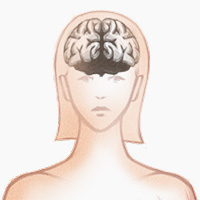The damage can build over time
The excess strain and resulting damage from high blood pressure (HBP or hypertension) causes the coronary arteries serving the heart to slowly become narrowed from a buildup of fat, cholesterol and other substances that together are called plaque. This slow process is known as atherosclerosis.
As arteries harden with plaque, blood clots become more likely to form. When an artery becomes blocked due to an accumulation of plaque or a blood clot, the flow of blood through the heart muscle is interrupted, starving the muscle of oxygen and nutrients. The damage or death of part of the heart muscle that occurs as a result is called a heart attack (myocardial infarction).
Watch what happens during a heart attack.
If you suspect you’re having a heart attack
Pain or pressure in the chest is the most common symptom of a heart attack. However, pain or discomfort in the arms, back, neck or jaw can also be a sign — and so can shortness of breath, nausea or light-headedness. If you experience one or more of these warning signs, CALL 911 immediately, even if you’re not sure it’s a heart attack. EMS staff can begin treatment when they arrive — up to an hour sooner than if someone gets to the hospital by car. People with chest pain who arrive by ambulance usually receive faster treatment at the hospital, too.
Don’t let high blood pressure cause a heart attack:
Recognize the warning signs of a heart attack
Find out about heart-related chest pain (angina)
Download a heart attack fact sheet (PDF)











